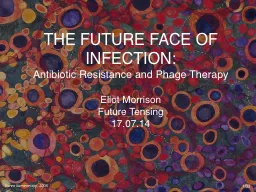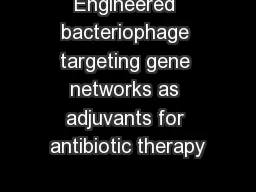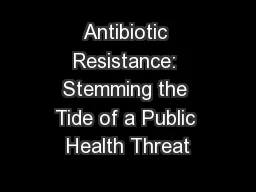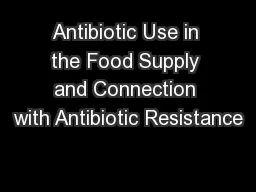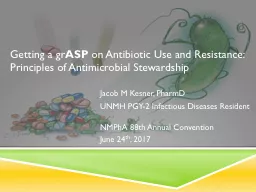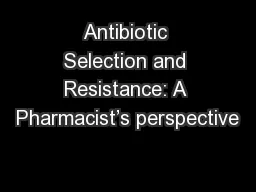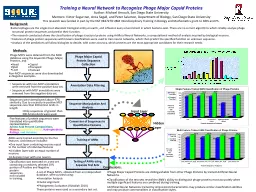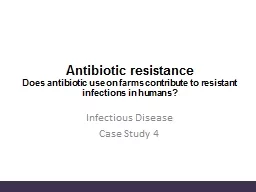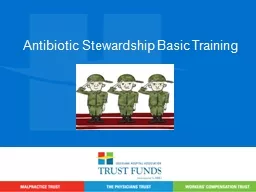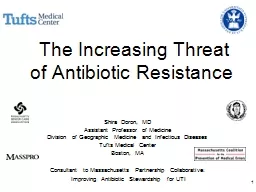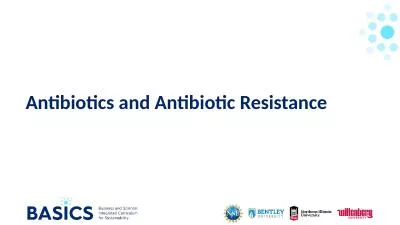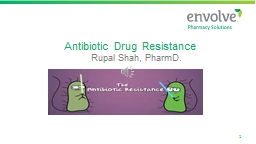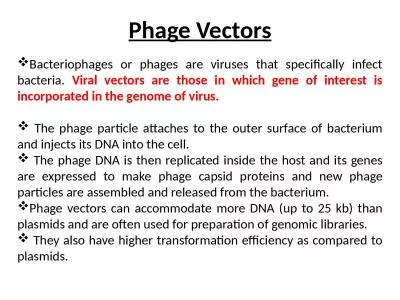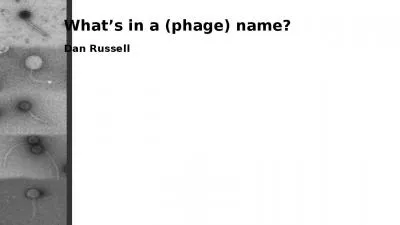PPT-THE FUTURE FACE OF INFECTION: Antibiotic Resistance and Phage Therapy
Author : dsmed | Published Date : 2020-04-24
The first rule of antibiotics is try not to use them and the second rule is try not to use too many of them brPaul Marino The ICU Book 2007
Presentation Embed Code
Download Presentation
Download Presentation The PPT/PDF document "THE FUTURE FACE OF INFECTION: Antibiotic..." is the property of its rightful owner. Permission is granted to download and print the materials on this website for personal, non-commercial use only, and to display it on your personal computer provided you do not modify the materials and that you retain all copyright notices contained in the materials. By downloading content from our website, you accept the terms of this agreement.
THE FUTURE FACE OF INFECTION: Antibiotic Resistance and Phage Therapy: Transcript
Download Rules Of Document
"THE FUTURE FACE OF INFECTION: Antibiotic Resistance and Phage Therapy"The content belongs to its owner. You may download and print it for personal use, without modification, and keep all copyright notices. By downloading, you agree to these terms.
Related Documents

